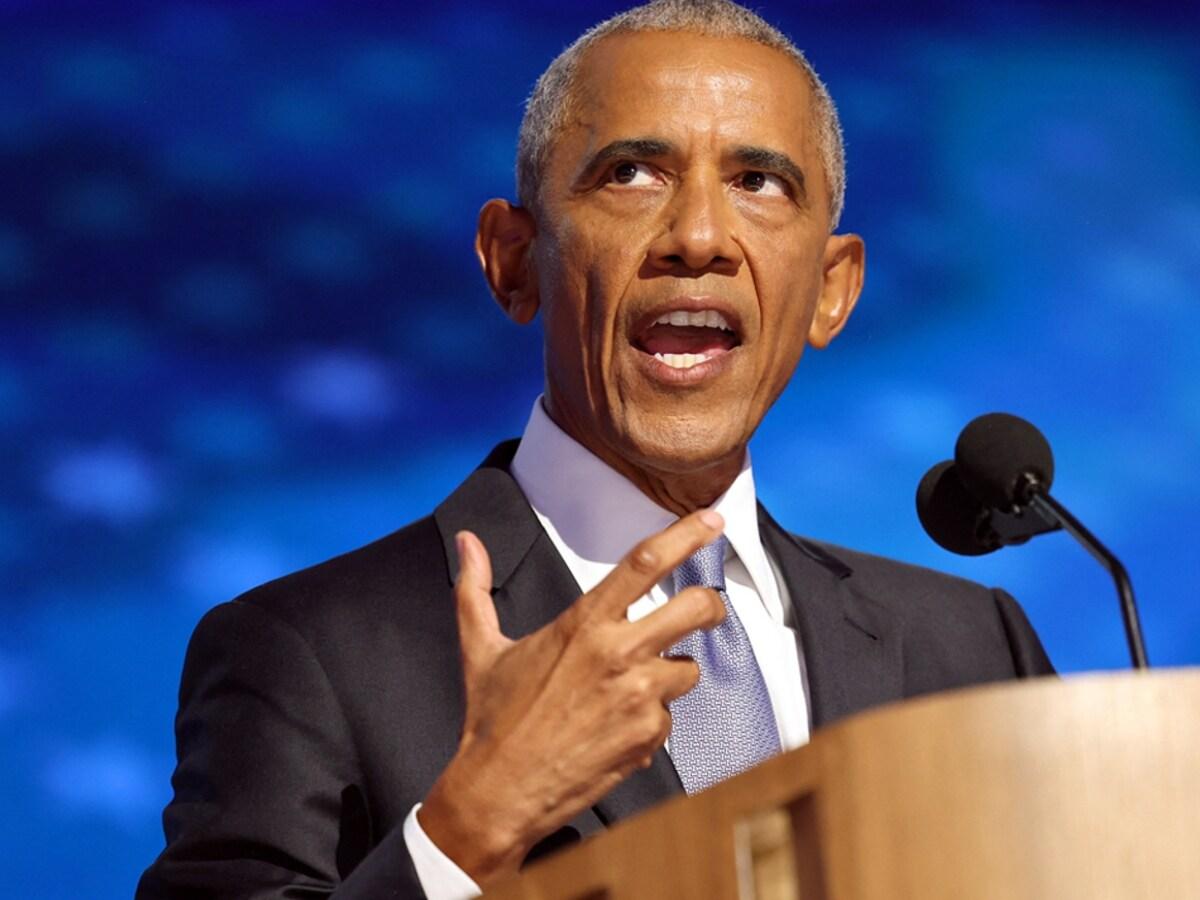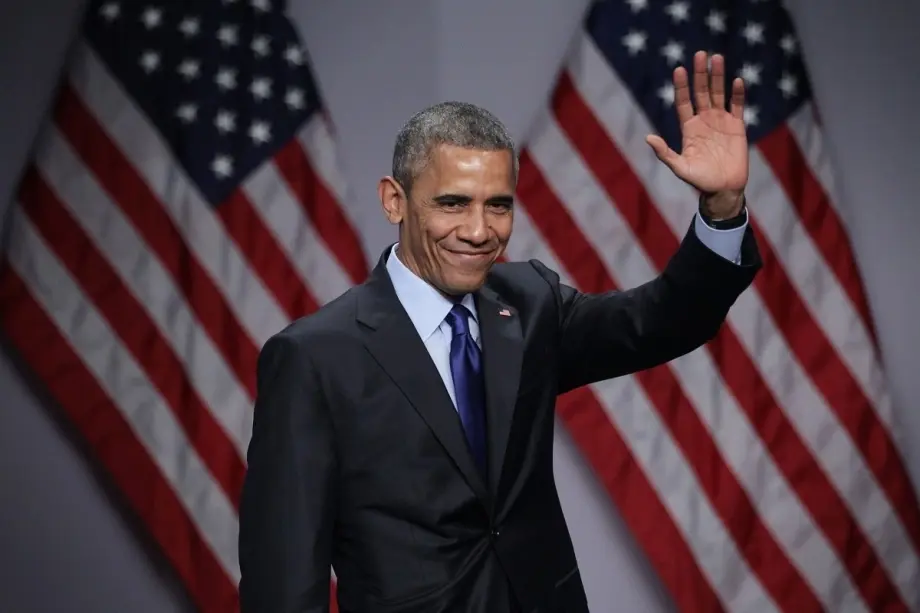The claim that the Obama administration committed “the biggest accounting fraud in history” with student loans, as asserted by The Wall Street Journal’s editorial board in 2019, is a provocative charge that requires careful scrutiny. It stems from the 2010 decision to eliminate private lenders from the federal student loan market, making the government the direct lender to fund the Affordable Care Act. The Congressional Budget Office (CBO) initially projected this shift would save taxpayers $58 billion over 10 years. However, later estimates, using fair-market accounting, suggested it would cost $307 billion, fueling accusations of deliberate misrepresentation.

Experts like Douglas Holtz-Eakin, former CBO director, and Sheila Bair, former FDIC chair, acknowledge significant accounting flaws. Holtz-Eakin pointed to the Federal Credit Reform Act’s failure to account for market risk, which skewed CBO projections. Bair called it a transparency issue in federal budgeting, not unique to Obama’s policies. Both note the policy’s unintended consequences, like the surge in delinquent loans—35% of $1.48 trillion in student debt was “severely derogatory” by 2018—tied to expanded income-driven repayment (IDR) plans. These plans, which capped payments at 10% of discretionary income, were meant to ease borrower burdens but led to higher default rates and costs when repayments fell short.
However, labeling this as “the biggest accounting fraud” is contentious. The term implies intent to deceive, which critics like Bair argue overstates the case. She noted the student debt crisis built over decades, predating Obama, and IDR’s poor design wasn’t exclusive to his administration. Holtz-Eakin compared the lack of underwriting to the subprime mortgage crisis, suggesting recklessness, but stopped short of fraud. The CBO’s rosy projections were based on standard protocols, not manipulation, though they underestimated long-term risks.
On the other side, the WSJ and conservative outlets like ClashDaily argue the policy was politically motivated to “buy millennial voters” and mask Obamacare’s costs. They point to the 2012 IDR expansion as a cynical move to reduce defaults artificially. Yet, defenders of the policy, including Obama’s 2011 “Pay As You Earn” initiative, emphasize its intent to make college affordable, with 1.6 million borrowers benefiting from lower payments. The program’s forgiveness after 20 years, while costly, aimed to prevent lifelong debt burdens.
Ultimately, the evidence suggests significant miscalculations and flawed assumptions, not a deliberate “fraud.” The policy’s costs ballooned due to systemic issues in loan program design and economic forecasting, not a conspiratorial cover-up. While the financial impact—potentially $307 billion—has burdened taxpayers, calling it the “biggest” fraud exaggerates its scope compared to historical scandals like Enron or the 2008 financial crisis. The Obama administration’s student loan overhaul was ambitious but poorly executed, contributing to the debt crisis rather than resolving it.






